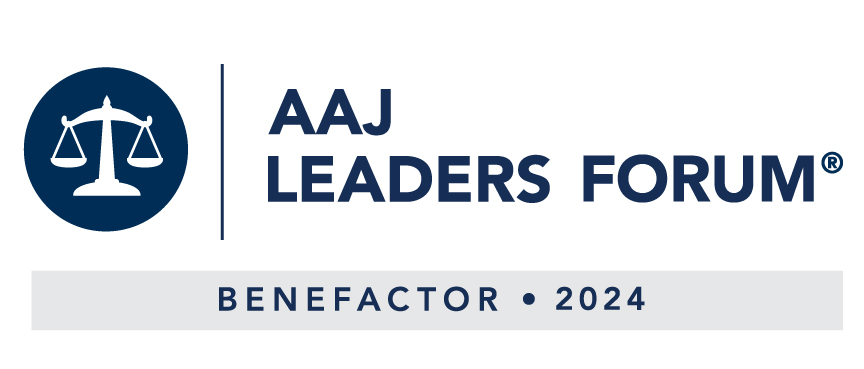
Artificial Stone & Silicosis: The Health Crisis Manufacturers Ignore
June 17, 2025
Veterans with Mesothelioma: Your Step-by-Step Guide
June 25, 2025EPA May Reevaluate Asbestos Ban: What This Means for Your Health and Safety
It’s common knowledge that asbestos is a dangerous substance. So, have you ever wondered why it’s still legally used in the US? Despite clear scientific evidence, decades of research, and strong advocacy against its use, asbestos continues to be used in American manufacturing industries. Concerning to those who understand and fight against the use of these dangerous materials, the Environmental Protection Agency (EPA) has floated the idea that it may even reconsider, and potentially postpone, the complete ban on chrysotile asbestos (also known as “white asbestos”).
At Brayton Purcell LLP, we've been helping asbestos victims for over 40 years. So, let's talk about what this potential delay could mean, how we got to this point, and what your options are if asbestos has impacted you.
What Is Chrysotile Asbestos and Why Is It So Dangerous?
Chrysotile is the only form of asbestos still permitted for use in the U.S.—even though over 50 countries have already banned it. It shows up in industries like:
- Automotive (brake pads, clutches)
- Chlorine production
- Cement and roofing materials
- Chemical manufacturing (sheet gaskets)
The Effects of Exposure
Exposure to chrysotile fibers is proven to cause:
- Mesothelioma – this rare and aggressive cancer damages the lining surrounding the lungs and/or abdomen
- Asbestosis – a chronic lung disease that’s triggered by inhaling asbestos fibers
- Lung cancer – often appearing after long-term exposure
Despite knowing that asbestos can cause such devastating health issues, asbestos exposure still causes nearly 40,000 deaths each year in the United States.
Positive Moves: 2024 Asbestos Ban
2024 brought good news for those of us who’ve been in the fight for protecting industry workers from harmful materials. The EPA, under the Biden Administration, officially banned the use, manufacturing, and importation of chrysotile asbestos. This was monumental. It was the first asbestos-related regulation since 2016 when the Toxic Substances Control Act was amended.
While the ruling gave industries a generous timeline, up to 12 years to phase out their asbestos use (a point that trade groups like the American Chemistry Council pushed for), it was still celebrated as a landmark decision for protecting people's health. It's a clear victory for everyone who's been fighting for this. Unfortunately, this progress is now under threat of being rolled back.
Delay and Reconsideration
In June 2025, the Trump administration halted this progress by filing a motion indicating that the EPA would reconsider and potentially delay the asbestos ban. The agency noted plans to re-evaluate parts of the ruling, specifically that regarding:
- The use of asbestos in chlorine production
- The installation of new asbestos-containing sheet gaskets
This review could take as long as 30 months. In the meantime, asbestos use in these industries would be allowed to continue.
A Step Backward
Critics insist that this timely set back places lives at risk. Linda Reinstein of the Asbestos Disease Awareness Organization said it was a “dangerous step backward” and endangers public health. Advocacy groups are preparing legal challenges to push back against the delay.
The Legal and Human Cost of Asbestos
In 2002, U.S. companies stopped producing asbestos but that hasn’t stopped it from entering the country for industries. Imports, primarily from Brazil, have kept this harmful substance in use. Construction workers, firefighters, and manufacturing professionals remain at risk because of this, especially when working on older buildings.
And it’s not just those directly on the job. Secondhand exposure through dust and fibers can be brought home on clothing or gear from workers and end up effecting their families. These cases are tragically common and legally complex, with many requiring legal action to obtain justice and compensation for their suffering.
At Brayton Purcell LLP, we’ve handled thousands of such cases. Our deep understanding of both the law and the science behind asbestos exposure helps families find justice after a diagnosis.
What’s Next? The Future of Asbestos Legislation
The good news is that there are lawmakers who are out there fighting for better protection for workers and their families. Oregon Senator Jeff Merkley introduced legislation that aimed to stop imported asbestos in 2023 and has remained committed to fighting for a nationwide ban on the substance. But we can’t just wait for the decision-makers to make the right choice in banning chrysotile asbestos.
It's essential now more than ever for everyone to stay informed and get involved. No matter if you're a concerned individual, a worker, or part of an advocacy organization, your perspective truly makes a difference. Continue to urge both elected officials and regulatory bodies to prioritize public health and safety.
What You Can Do Now – Brayton Purcell LLP
If you or a loved one has been exposed to asbestos, whether at work, home, or in military service, you may have legal options. And time matters.
For more than four decades, Brayton Purcell LLP has fought for victims of mesothelioma, lung cancer, and asbestosis. We’re not just attorneys, we’re advocates, committed to holding negligent companies accountable and helping families recover the financial support they need.
Contact Brayton Purcell LLP today or give us a call at (800) 361-2417 for a free case evaluation.














